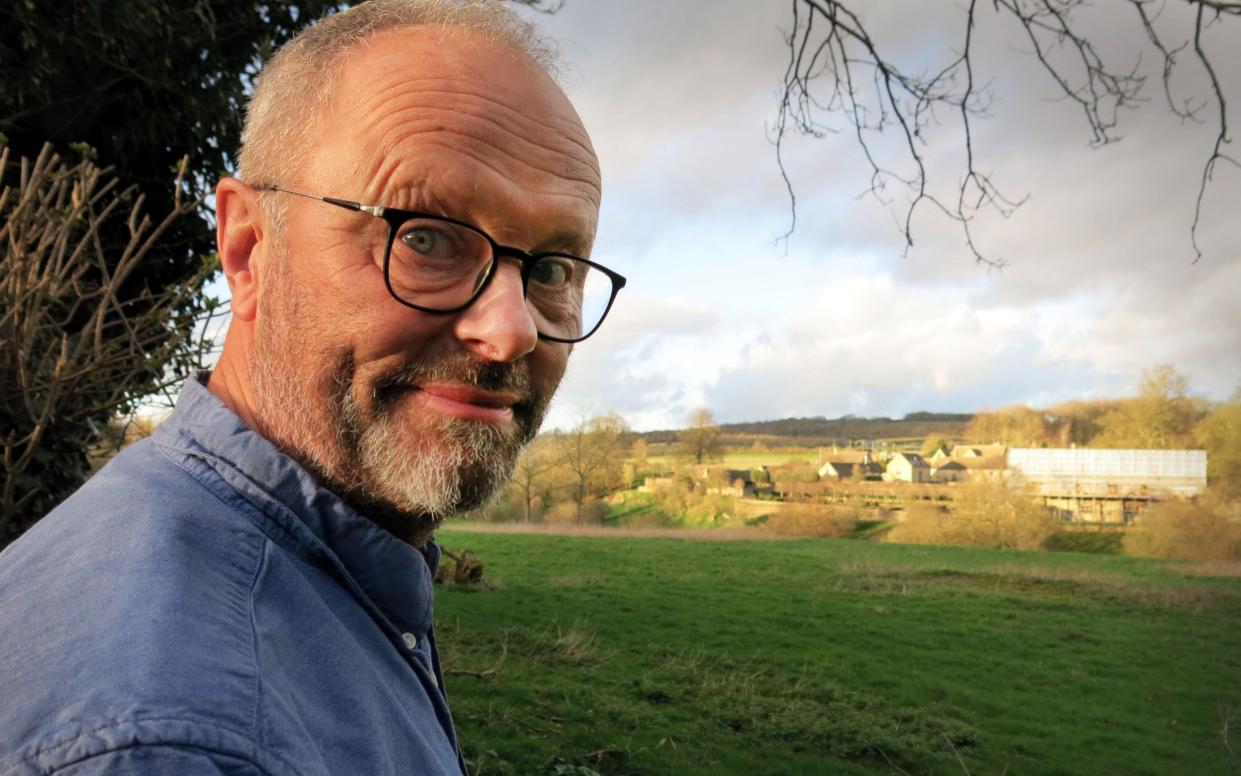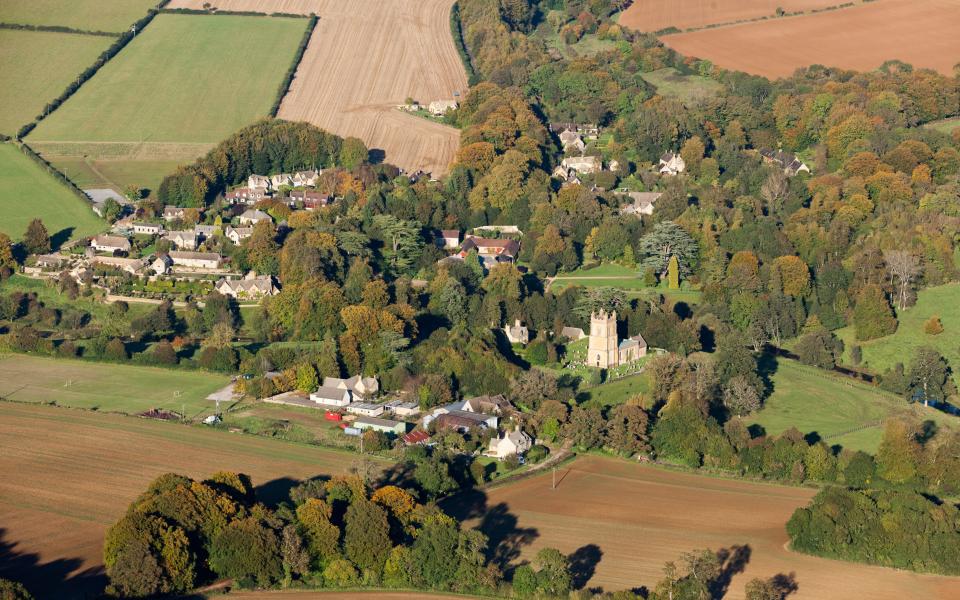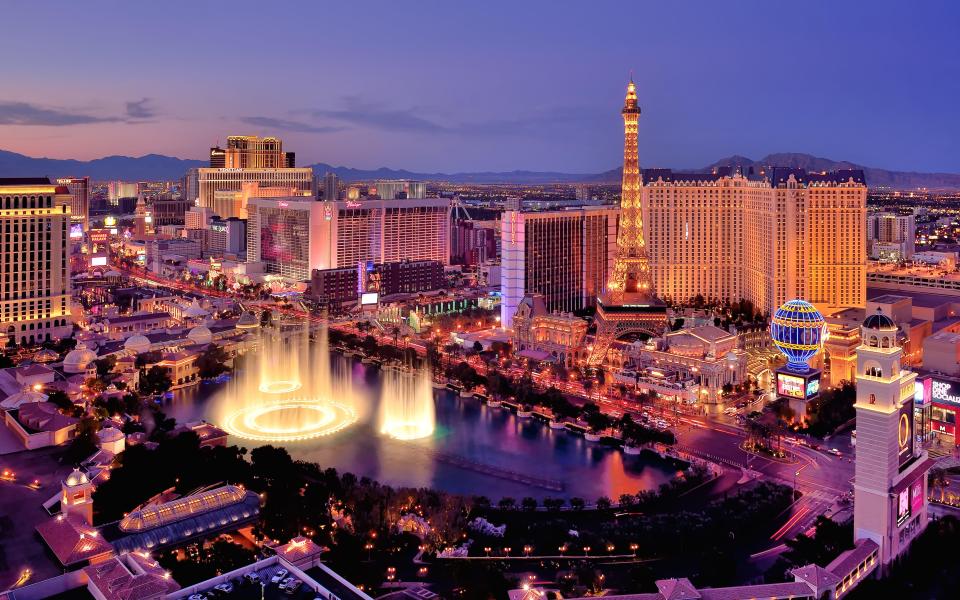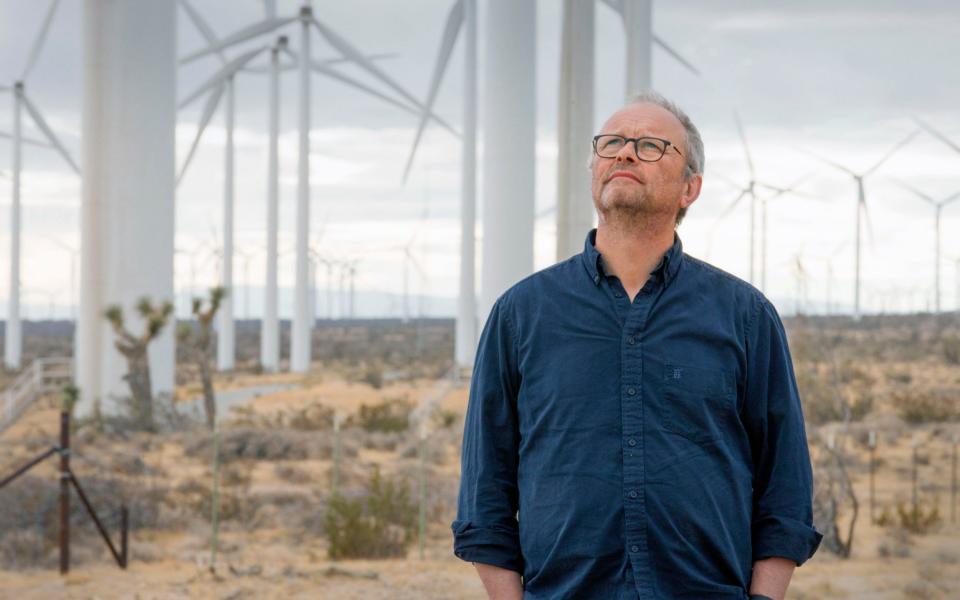Robert Llewellyn: How I inspired a green revolution in my Cotswold village

Temple Guiting is in many ways a classic English village. There are 60-odd houses, a primary school, a church and a village hall. There’s a broad range of incomes (though little cultural diversity), far too many horses and a gentle, ambling pace of life. I love it. Which is why I decided to try and change it completely.
My wife and I moved to this tiny Gloucestershire settlement from London more than 25 years ago. We sent our children to the local schools, mucked in with village events and have become gradually more active in the tight-knit community.
Then, while filming a television series in the east of Germany a few years ago, I noticed something odd. In lots of the beautiful towns and villages, there next to farm buildings or in vacant fields, were wind turbines, gently whirring and presumably powering the nearby homes. Upon further investigation, I discovered that these towns and villages had taken it upon themselves to be a little kinder to the planet and save a bit of money (in the long term, at least) by clubbing together to invest in renewables that everybody shared in. The concept had a name: community-owned renewable energy.
“Hmm,” I thought. “I wonder if we’d be able to do something like that back in the Cotwolds?” I determined to find out.

It would be a Herculean task. In Temple Guiting (and many other English villages besides), drastic change is eyed with suspicion. That would certainly include anything that obliged residents to put their own money into switching to renewables, which many people knew very little about. So we got a BBC documentary crew on board to make a film about it, The Great Village Green Crusade, which airs on Thursday. But I still had to get the locals on side. I tentatively broached the scheme in 2013 to various characters around the picture-postcard lanes. Most people around here knew of my interest in green technology: I have had solar panels on my roof for six years and own two electric cars. I’m also constantly harping on about it on TV and radio. But there were raised eyebrows when I announced my plan to change the village.
Admittedly Nevada has a few advantages, but we took a valuable lesson: if Las Vegas could do it, then little old Temple Guiting certainly could
I didn’t want Temple Guiting to go ‘off the grid’, I assured them – it was essential we stayed connected, especially given the small size of the village. Nor was I advocating self-sufficiency. I just thought we could save a lot of money, help the environment and work together if we committed ourselves to a long-term green energy project. It would take only a couple of years, but potentially last decades. (Some of those turbines and solar panels in Germany had lasted more than 30 years.)
I was met with blank faces. At best we have a few friends that could be described as ‘mildly environmentally aware’, so they were my instant allies. There are certainly no passionate Green Party supporters about – or none who are openly so, at any rate – so most locals looked at me as if I was speaking Dutch. Others leaped to wild conclusions, assuming I must be planning to fix an 18ft wind turbine to the church roof or cover every house with solar panels. But I didn’t want eyesores any more than they did. Rather, the proposal was to find a space outside the village where we could install something, the profits from which we could all then share.

Eventually, the economic arguments cut through: we could earn the community thousands per year if we produced our own energy to sell locally. Slowly but surely, the community came on board. Any village possesses key influencers who usually sway things if they lend their support, sort of like Mafiosos in green Hunter wellies. Once these key players were with us, a lot more people took us seriously.
This, however, was just the first step. Next we needed to figure out how to do it. There were options: we considered a windmill on top of a hill, and a small turbine in a stream, but it soon became clear that solar, which is cheap to install, was the way to go. If we could buy the panels and batteries and find a spot to put them in, it would only take a few months to produce our own energy.
At best we have a few friends that could be described as ‘mildly environmentally aware’. There are certainly no passionate Green Party supporters about...
We drew inspiration from elsewhere. In nearby Froome there are huge numbers of solar panels owned by a few thousand people in the town. Brixton in south London has a community solar project too. Bizarrely, though, it was Las Vegas that acted as the model. With its neon lights glaring on the strips, vast 24 hour casinos and a non-stop, ‘constantly on’ culture, the place simply gobbles up energy. Yet it also intends to become the first US city to run entirely on renewable energy.
So off we went to see how they’d done it. The answer, it seemed, was vast solar farms, LED street lamps, big curved mirror stations – and a huge change in attitudes. Admittedly they have a few advantages. The thousands of hectares of desert surrounding them makes things a little easier, as does their budget, but we took a valuable lesson nonetheless: if Las Vegas could do it, then little old Temple Guiting certainly could. After a few months of searching, we found a spot at a local farm and a farmer willing to buy the electricity the panels would produce.
In solving problems, the community was invaluable. One man in the village was an oil and gas engineer, so he knew about logistics and delivering vast projects on time. Another was a corporate accountant, meaning he could read a spreadsheet without wanting to scream like I did. The wide range of skills our tiny village boasted meant we had a lot of hidden expertise, and not the sort you can identify from the annual village quiz night.

We are now in the process of installing 20 kilowatts of solar panels on a barn there, with batteries harnessing the power. It has cost the village between £15,000 and £20,000, but that money is already coming back to us.
As well as some local houses, the village now sells the farmer the electricity produced on his roof. It shouldn’t be long before that power earns around £1,500 per annum for the local community, a figure that ought to rise over the next 15 years. It is a long-term scheme that’ll only get better.
We are getting there in Temple Guiting. For a while it didn’t seem like the project could ever get off the ground, but with a bit of teamwork and a steep learning curve, we have a beautiful, shiny solar roof to be proud of. And – whisper it – I might even have converted a few folk to mild environmentalism.
Temple Guiting, I have always said, is in many ways a microcosm of the rest of the country. Now, I hope, we will inspire other villages all over Britain.
The Great Village Green Crusade is on BBC Four on Thursday at 9pm


